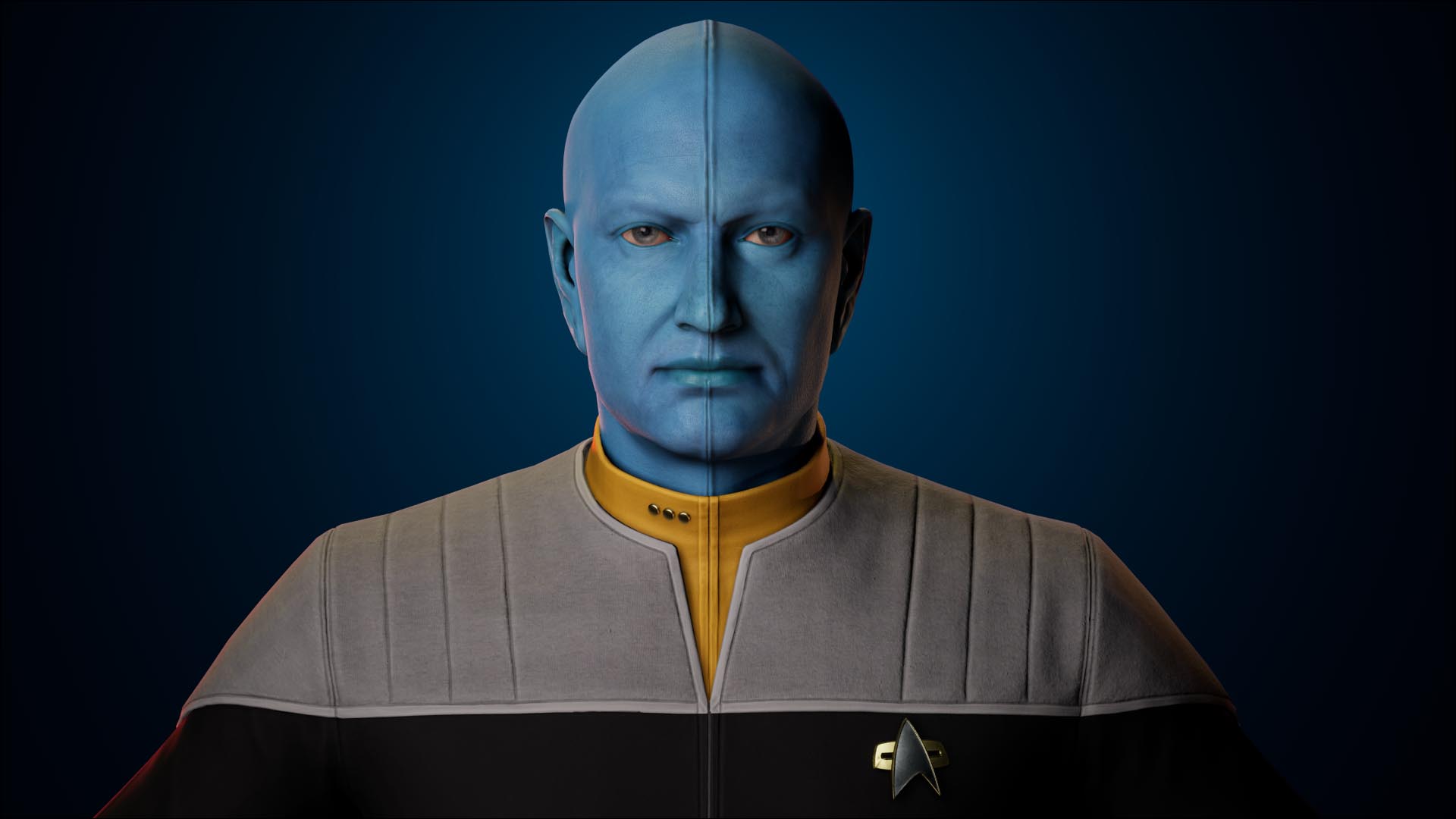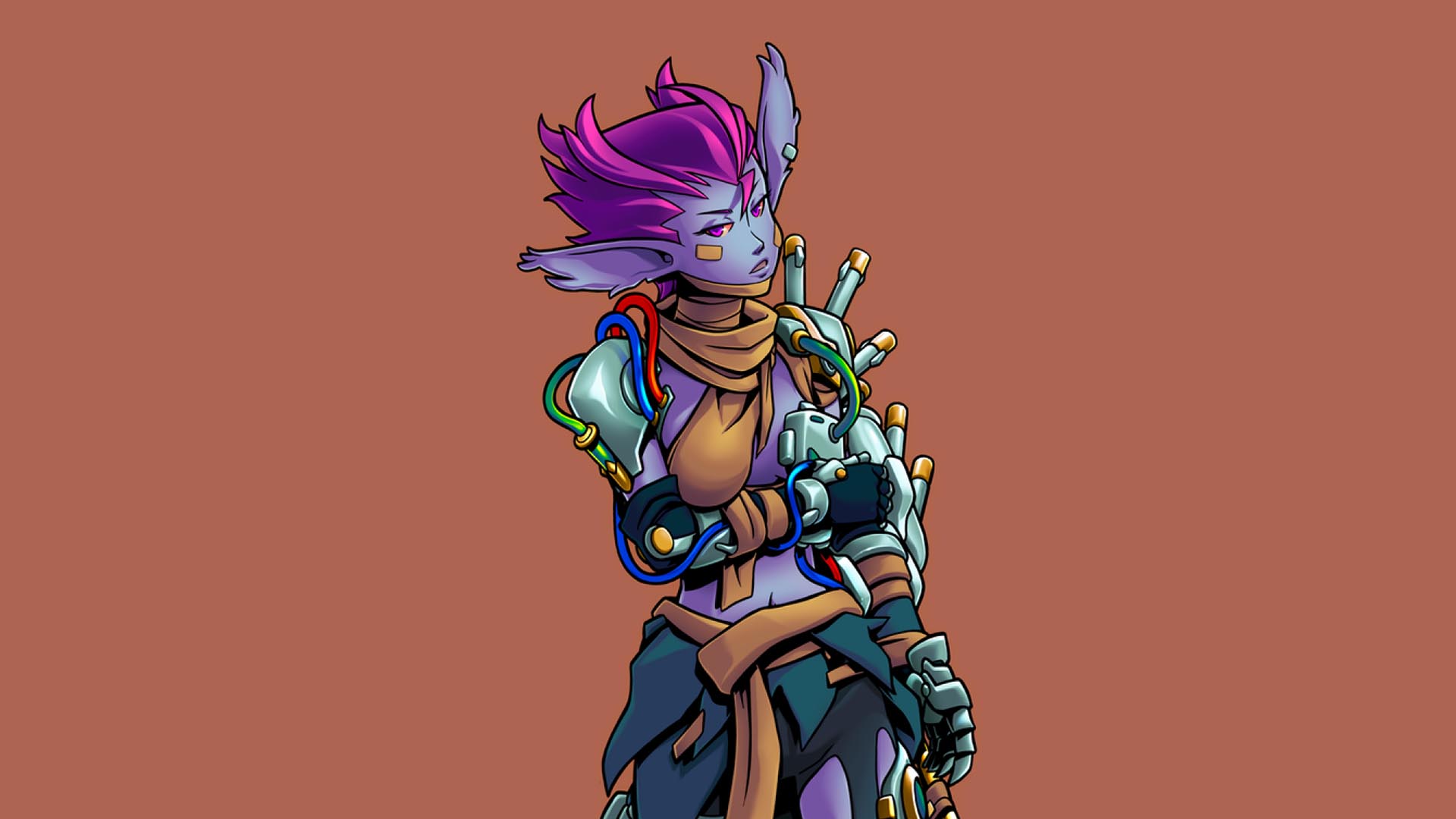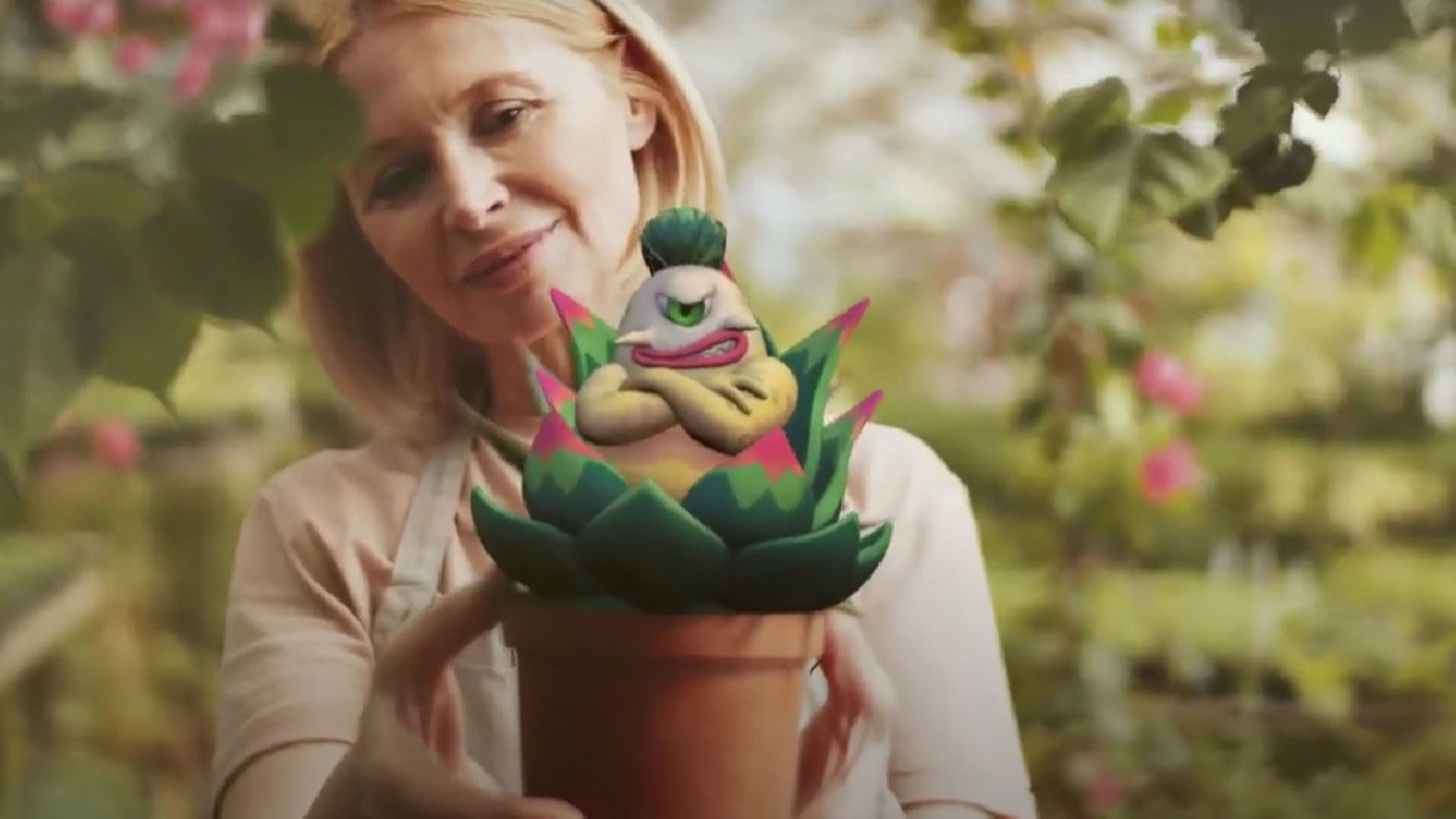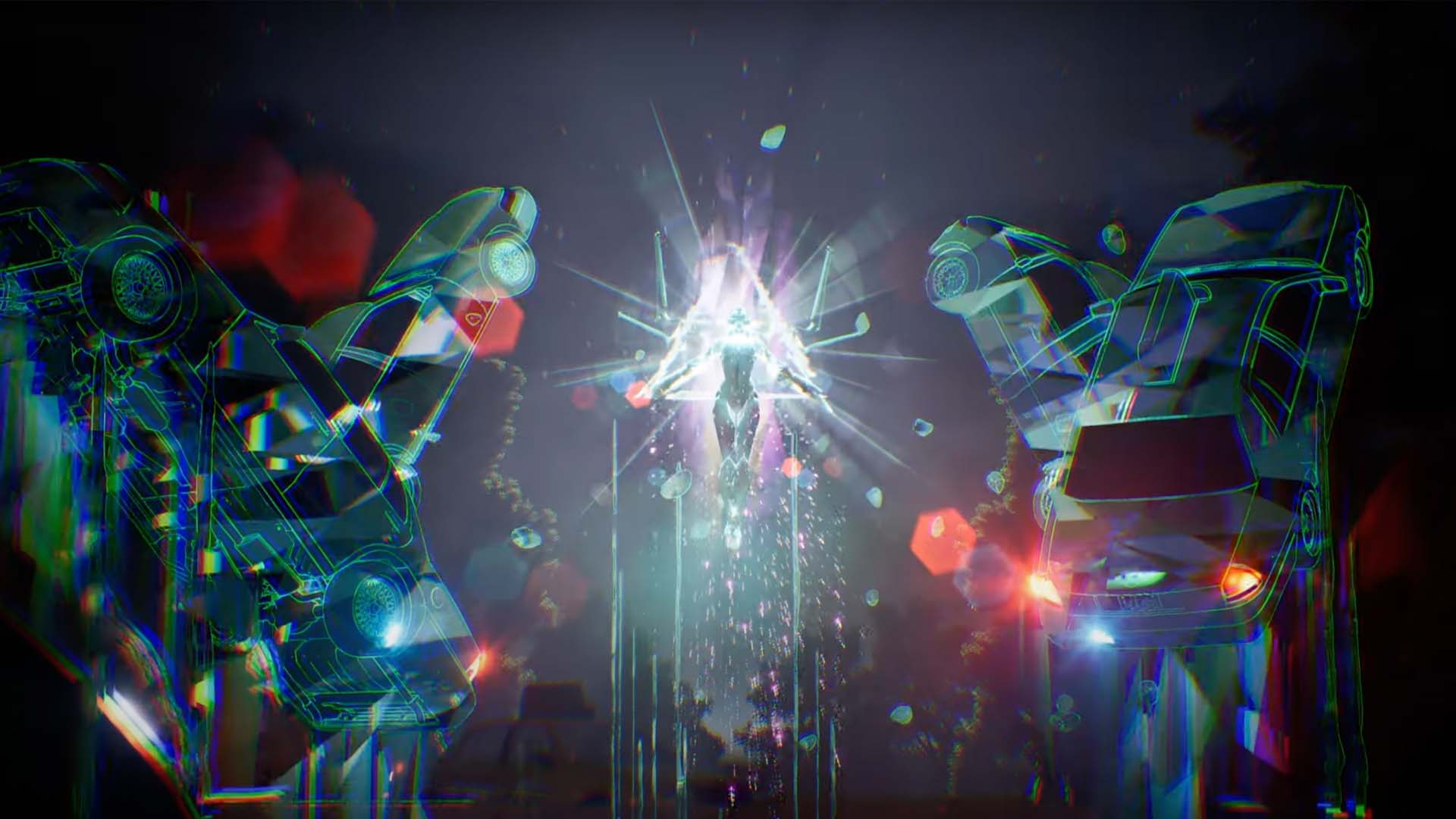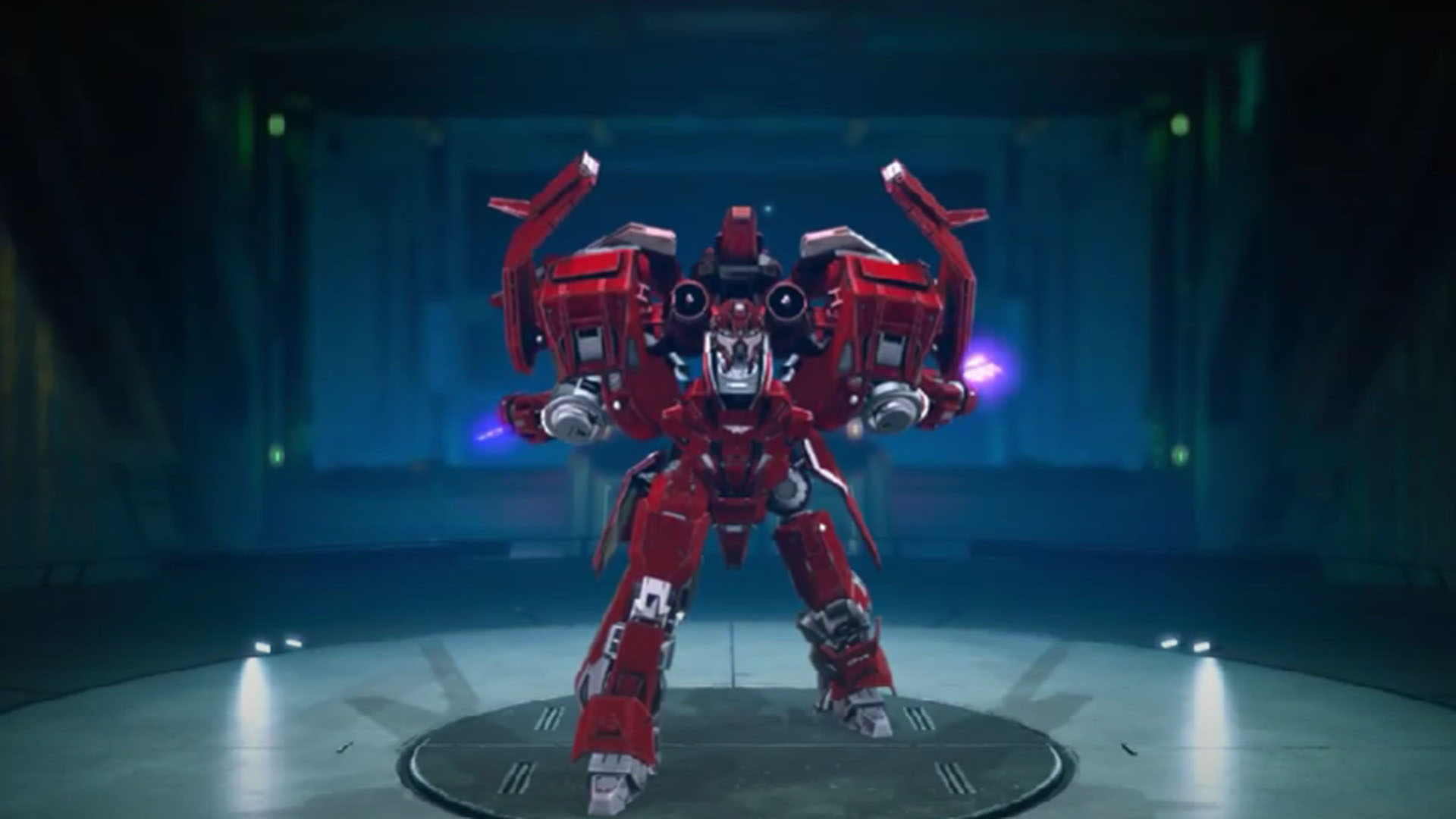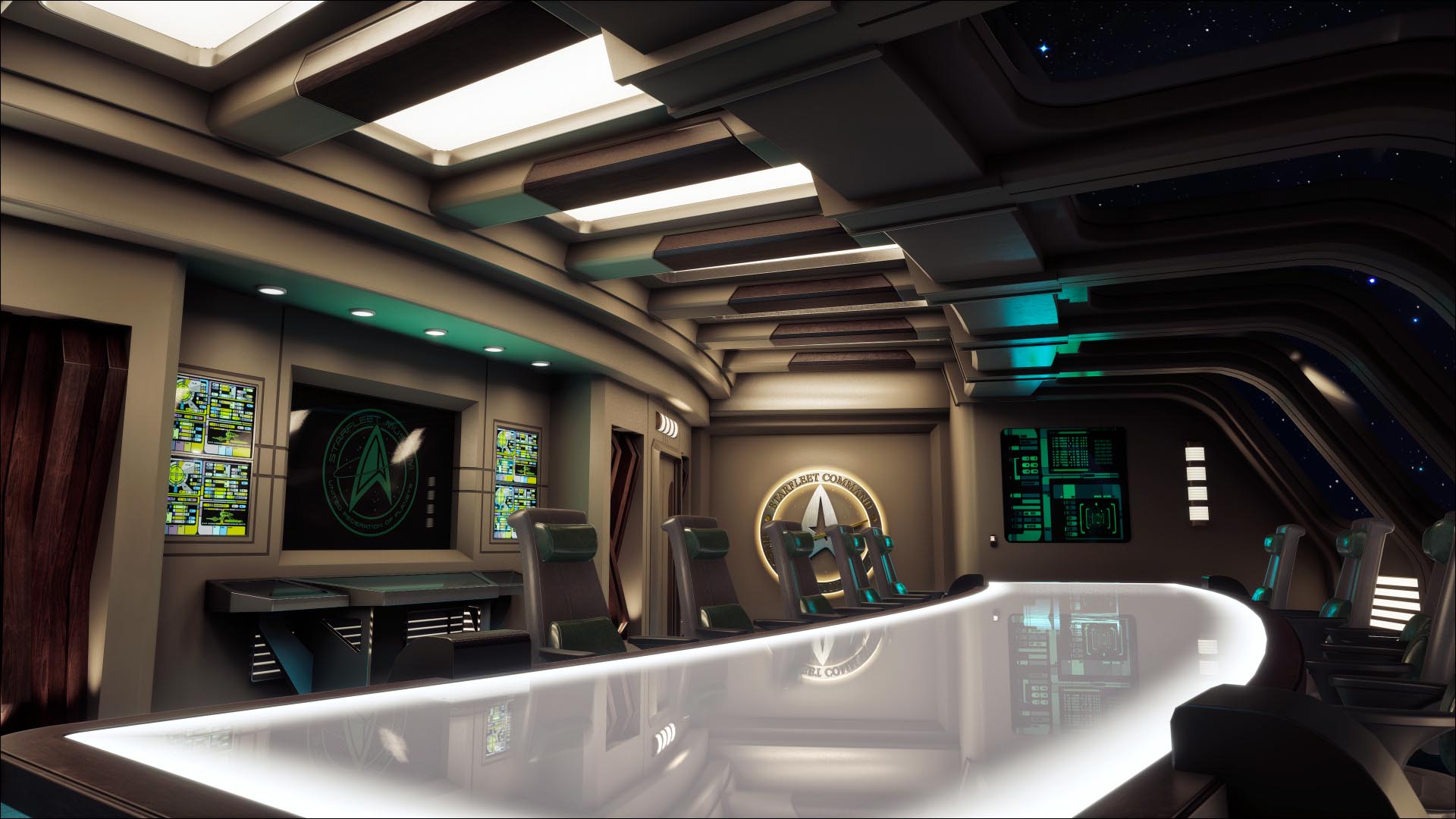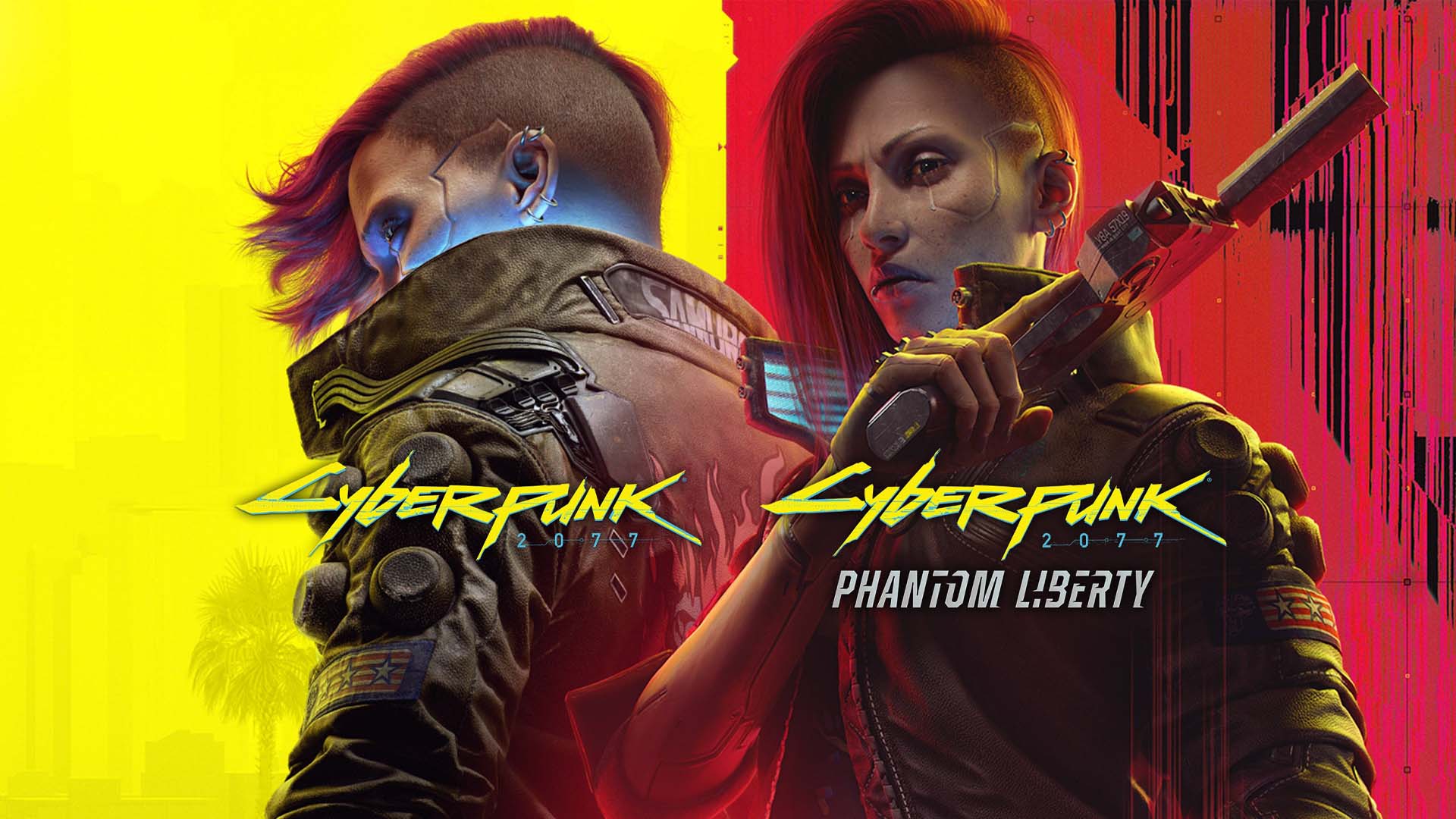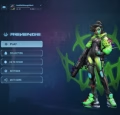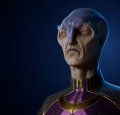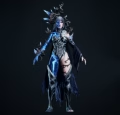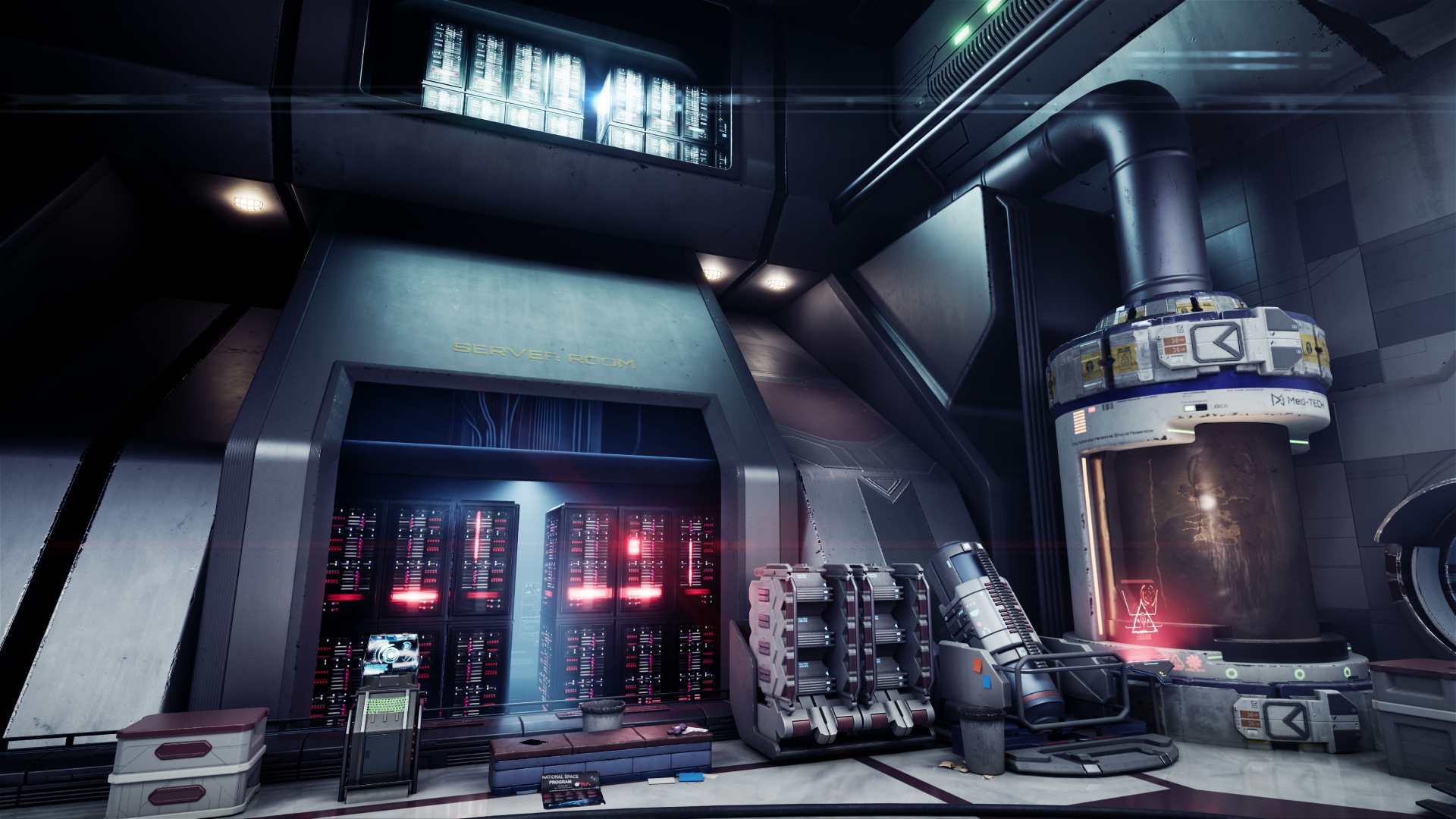Video ads are popular and for good reason. They are far more entertaining to watch, draw in a larger audience, are more likely to be shared, and promote your product or title more efficiently. At Magic Media, we understand the benefits to be gained.
Using Video Ads
When using video ads, there are several uses. A few examples are videos promoting products or events, ads for conferences, classic commercials, brand publicity, game trailers and cinematics, and user requisition ads.
No matter what your purpose is when compared to typical static ads, video ads always win out. They easily return higher views and click-through rates (CTR). As a method of garnering attention, they are more effective in catching potential clients and are proven to promote your product more effectively and increase your revenue.
Given the global access to mobile phones, targeting mobile ads is particularly wise and pays off hugely. Now, far more accessible and easily viewable anywhere, your media presence will easily gain higher CTR and engagement.
Types of Video Ads
It’s not as simple as pointing and shooting with video ads, you need to know what you want in video ad production. Typically, a video ad falls into one of three categories.
Brand Video Ads
These types specifically push your brand. They include conference videos, employer branding ads, internal videos, and brand awareness ads (high-level, displaying the tone and voice of your brand). These ads work well to promote your brand, reinforce the stance or appearance of the brand to potential clients, and push for a recognizable brand identity.
Product Video Ads
These, naturally, cover advertising a specific product or line or products. They include app store video ads, customer relation management (CRM) ads, in-app ads, and a game trailer that could technically fall in here as well. These shift the focus away from a brand and more toward highlighting the product or service you’re promoting.
Marketing/Growth-Oriented Video Ads
User acquisition (UA) ads, game trailers, cinematics, social media content, playable ads, and TV spots would all fall under this category. While these are similar to product ads, they are focused specifically on drawing in new clients and increasing the awareness of your product and brand.
Magic Media and Video Ads
The Magic Media team works with video ad production a little differently. To get the most out of your ads, you have to break free from the mold. Today, ads are viewed too much as a technical process rather than a creative one. Gone are the days of simply taking base footage, adding in buzzwords, a key message, and a call-to-action. That might get a slight bump in impressions, but they won’t work in the long run.
There is a growing awareness among companies that video ad production needs to be approached from a creative view, rather than a strictly technical one. A trailer, or an ad, must be a self-contained story with a narrative and leave the viewer with questions.
Getting the most out of your video ad production requires an analytical approach, creating drafts and concepts, and seeing what works best. This is how Magic Media approaches video ads with clients. We advise drafting between three and five versions of an ad and then comparing their performance against the company’s benchmarks.
Once one iteration is selected, you can move forward with it and begin to refine it. Elements such as overall and individual clip length, and introduction of certain aspects of the video. For example, in-game trailers, when to introduce gameplay, and when to focus on narrative beats. Or when to introduce humor to break up the tone and give some variation.
These are just some ways in which Magic Media and its partners tackle video ads. Getting the most out of the process involves combining technical prowess and creative ideation to bring the best possible result.
Our Video Ad Production Process
The Magic Media group had the pleasure of working with many clients who make games in many different styles and genres. Word games, casual games in fantasy settings, and pirate adventures, it’s exciting to work on such a variety of games that allow us to exercise our creativity.
While each project can be wildly different from the last, we have several key steps involved in the video ad production process of creating videos and animations. Working on video content, like user acquisition commercials, for these gaming projects can be a slightly different process from working on trailers!
Initial Steps
It all starts with meeting the client. This is crucial so that we can understand the target audience the client wants us to attract and the game we’re going to be promoting.
In this meeting, we also like to see if the client has any ideas of their own. It’s great when they do as this can inspire our creative process and help us come up with pitches. The client’s suggestions can feed our work, and in turn, our work at every stage can help the client view their game in a different light, with new ways to convey it they might not have previously considered.
Pitches
After much discussion, we created some work and get some ideas together for what we call a creative pitch presentation. In these presentations, we like to present our clients with multiple possible creative directions.
We try as much as possible to incorporate a game’s distinctive visual style into our video content. This can create a sense of familiarity with fans of the game and engage them quickly. In a video we made for Zynga, we decided to use Lumbo the Lumberjack from Farmville to tell a fish out of water story of him finding himself in an unfamiliar urban environment.
Writing the Script
Once a direction has been agreed upon, we move on to writing the script for the video. This is a critical step in the video ad production process because script writing for our purposes is different from the traditional script writing format.
The script is important to coordinate what we see with what we hear. It establishes the visual elements of the video, as well as audio elements like voiceover and its timing. Timing is everything, and this document helps put all the pieces we need into place.
We don’t limit the script-writing phase in terms of revisions. We believe that there shouldn’t be a hard limit on how many we do because, ultimately, we only want to move forward to the next stage if the client is completely comfortable. Our clients are always open to participating and giving feedback to help the project move forward in the best way possible.
Design & Visualization
The next step is a leap forward in helping our client get a glimpse into what the final video will look like. Next, we create storyboards to present to our clients so that they can get an understanding of the direction the video is going in. We like to use materials provided by the clients directly, such as key art, to represent the video.
We present a full design of the video to the client for approval, which is an opportunity for them to comment and provide feedback. Whether it’s the text that doesn’t look right, if an in-game element can be represented better, or if the copy should be tweaked, we’re happy to get any feedback and make adjustments accordingly.
In the design phase, we have to keep in mind that the video will more often than not need to be created for a variety of aspect ratios. It’s not uncommon for us to make them for 1:1, 16:9, and 4:5 for some social media platforms. By keeping this in mind early in the process, it doesn’t become a potential issue later on!
Production
Once our client has approved the storyboards and we have addressed any feedback we received, we can then move ahead with the full video ad production phase. At this point, animators receive the script, and aspects of the production such as available resources, camera angles, and motion, are considered.
We kick off our video ad production with a meeting between our Directors, Animators, and Designers before the Animation Director breaks it down and assigns Animators to different scenes and shots.
We’re always as detailed as possible with our visual descriptions, but they should be open to interpretation without straying too far from what was agreed upon with the client. Our main goal is always to deliver the client’s vision, but we should try and be creative where possible!
While the animation work is in progress, the voiceover audio is recorded. We keep in communication with our clients through production, including twice-weekly updates with examples of the work we’ve completed. This is to ensure that if any changes are required, they’re spotted quickly, so we can then act on them as soon as possible.
Finishing Touches
Once the main video ad production is finished, we send the client the project including voiceover audio and music. At this stage, we can tidy up the video based on any feedback the client provides, as well as add sound effects and any other required minor changes.
Thanks to our consistent communication with our clients throughout our projects, they’re never startled by anything we send them. We like to bring clients with us on the journey of making videos for their games, and they’re kept in the loop every step of the way.
We make a concentrated effort to keep our files organized for use during production, and also after. It’s not uncommon for our clients to want to iterate on user acquisition videos. Often, a client might want to show different gameplay, have gameplay come in sooner, or change the flow of a video to suit different needs.
How Brand Videos are Integral to Marketing Campaigns
Brand videos are an indispensable aspect of modern marketing campaigns. In the current digital age of advertising and widespread online presence, it’s more important than ever to make your brand stand out as much as possible and relate to potential customers. You can impart information about your organization through video ad production and convince viewers you’re worthy of their attention and business.
Through the Magic Media team’s experience, we understand that while product and performance videos are essential for user acquisition and lead generation, brand video content is the best for communicating your brand’s identity. Though there is no single way to craft them, brand videos are unquestionably important for modern marketing campaigns.
Establishing Brand Identity
Brand videos aim to highlight the individual qualities and beliefs of a brand. Through video production, a brand’s core values and mission statement can be effectively communicated through the use of storytelling tools. The video’s narrative, people, use of color, plot, and more are gateways to communicating critical information about the brand, regardless of what the core values and messaging are.
It’s crucial to communicate these aspects at a high level so that anyone can watch the video and understand more about the brand and relate to it. Doing so helps a brand exude a sense of authenticity that possible customers will associate with it. This is an especially important practice for newer brands or those looking to expand their online presence. Many industries and markets are crowded with notable names, so clear, relatable communication is helpful to stand out from the rest.
Brand Videos Help SEO
Another benefit of brand video content as part of marketing campaigns is that it can be highly beneficial for search engine optimization (SEO). Google is arguably the biggest platform for SEO concerns, and it has an algorithm that highly favors multimedia content, especially video. Using video content will help your brand climb the search results naturally and help increase traffic to your website.
The benefits of using brand videos, in this sense, are multifaceted. Using them as a core component of your marketing strategy not only helps viewers understand your brand more from the video content itself, but it also actively increases your discoverability at the same time by positively influencing your SEO rankings.
Differentiating from the Competition
Brand videos are a surefire way to help stand out from the competition in crowded marketplaces. Explainers, product, performance, and other marketing video types help in key areas of user acquisition and engagement and help drive website traffic, but brand videos are critical to setting the brand apart. Through Magic Media’s video ad production experience, we’ve found that creating memorable brand video content that includes messaging, visuals, and values linked to the brand can be distinguished in the minds of possible customers.
Creating memorable enough video content can help viewers recall your brand when they’re looking to address their needs for the products or services your organization provides. Video content tends to be more inherently memorable than text, so positioning your brand through video tends to be more effective. Publishing brand videos on a variety of platforms, including the main social media platforms like LinkedIn, Twitter, and Instagram, helps cultivate a larger online presence and a consistent widespread message. The repetition of the messaging contained within your brand videos across these platforms makes it stand out even further and linger in the minds of the widest audience possible.
Producing Narrative Ads
Narrative ads are less seen compared to gameplay-related video content, but they’re nonetheless an important tool in driving player engagement in your games. Where gameplay videos show how players interact with the game world and the actions they will be taking, narrative ads showcase the characters, story, and lore.
This variety of video ad production tends to be more complex to produce for a multitude of reasons, but the rewards of a well-crafted narrative video can easily outweigh the challenges of creating it. Though gameplay videos are necessary and effective at conveying a game’s mechanics, more often than not, a game is far more than just its gameplay elements.
Player Investment
Narrative ads are an effective tool for engaging players with your game and its world. Gameplay video content is a proven way of showcasing gameplay mechanics and helping players understand the actions they take in your title. Narrative ads can enrich the experience by revealing the story, world, characters, and motivations.
These videos bring context to the gameplay experience. Though solid gameplay mechanics are enough to entice a large portion of gamers, some players seek compelling character and narrative elements for a game to resonate with them. Providing players with reasons to like a protagonist and despise a villain can lead to player investment and attract an audience that could otherwise be disinterested.
Gauging Player Interest
In our wealth of experience producing narrative ads, we’ve seen that they can deliver high levels of click-through rates. We consider this evidence that narrative ads drive player investment and desire to learn more about the advertised game. This makes it necessary to include a strong call to action in narrative ads. Without a call to action, we would have no way of understanding the positive effects narrative ads have on player interest.
Though narrative ads don’t tend to boast the highest conversion rates, in conjunction with gameplay video content as part of the same campaign, it’s possible to yield considerable results. Gameplay trailers have a proven ability to produce significant conversion rates. Using these with narrative ads can not only increase player interest but potentially earn new customers as well.
Challenges of Producing Narrative Ads
Narrative ads can present challenges to craft. Getting the right footage to show that isn’t too gameplay-focused requires a thorough approach. This can be even more challenging with some titles that don’t have stories. This commonly happens with casual and mobile games that are perhaps more simple in their scope and design, and use their game mechanics to drive player engagement. In these cases, narrative details need to be created from the ground up for advertisements.
Crafting original lore, character, and story content can seem daunting at first, but through careful collaboration, it can be achieved to fantastic results. Working with designers and artists to create character and world information that’s consistent with the design is crucial. We’ve seen that narrative ads can have the greatest impact on established games and brands, though that’s not to say they can’t be beneficial for newer titles and IPs.
It’s important to include some gameplay footage in narrative ads. It shouldn’t be the focus, but it should act as supplementary footage to the narrative details and ideas being showcased. Without gameplay, potential players might feel the narrative is disconnected from it and lose interest as a result. By including gameplay in narrative ads, the overall experience is enriched while making a clear connection between the story and gameplay.
Crafting CRM Videos for Your Game’s Audience
A sizeable portion of video ad production in marketing is aimed toward growth – acquiring new users, showcasing your product in the best way possible, and why it stands out in its market. This kind of video marketing is crucial to the success of any business, but how can an existing user base be served?
In the gaming industry, customer relationship marketing (CRM) plays a vital role in the continued success of any games designed to have a long shelf life and that receive significant post-launch support. Though CRM ads for video games have a lot in common with other marketing video types, like the performance videos crafted by Igloo Creative House, they have different purposes, require a different approach, and contain different nuances.
Connecting With Your Existing Audience
From the experience of Igloo Gaming, a Magic Media studio, customer relationship marketing videos are about connecting with your existing audience rather than building it. When engaging in video ad production to build a new audience for a new game, showcasing in the most broadly appealing way for your target audience is a good idea to interest as many potential customers as possible.
CRM video ad production is generally used to address existing or potentially returning players for your game. With this in mind, CRM video content can have a narrower focus. Instead of the focus being the whole game, CRM videos would focus on particular aspects of a game that could appeal to existing players.
Using CRM Video Ad Production For Your Game
If there is an exciting new feature debuting in your game soon, then CRM video is the perfect way to market it. While the composition of a CRM might be similar to other marketing videos, the language used to communicate your new feature is different.
The advantage of marketing to your current audience is that you can be more direct in your language, as you’re not trying to establish a user base with wide-ranging language use. It’s not uncommon to see some titles use in-game terminology that players are familiar with to entice them with a new game feature, and it’s something that our video experts believe can bring a lot of character and charm to CRM videos.
We’ve seen that casual games, in particular, can benefit greatly from CRM videos. It’s common practice for games of the genre to have in-app purchases and regular sales for them. A CRM video can also serve LiveOps for games. LiveOps refers to updates and enhancements made to titles that don’t require the release of a brand-new version of it. LiveOps updates often include new gameplay activities, and highlighting them with a CRM video is a clever way to keep your audience clued into the latest content.
Goals & Challenges of CRM Videos
The overall aim of CRM videos can be to keep your current audience engaged, whether that is through marketing your new sale on in-game purchases or a new feature. Fortunately, we’ve seen from the Magic Media group’s experience that it’s easy to measure if your CRM video has been successful in achieving its goal.
User data can easily be highlighted if it has been a success. For instance, if CRM video content has been created for a new bonus level in your casual game, data can be analyzed to see how many players played the level. Similarly with sales, it’s easy to see if there has been an uptick in purchases of sale items and by how much.
CRM video is subject to many of the same challenges as other marketing video ad production content – getting the key messages right, length, and tone of voice – but one thing we’re specifically conscious of is avoiding gameplay interruption. Experienced players won’t want their experience skewed, even if it is for an exciting new gameplay feature, so it’s imperative to be aware of CRM video length and placement when marketing for your existing user base.
Blending 2D and 3D Animation
2D animation is considered the ‘traditional’ option, still billed as the cost- and time-effective approach, but lacking in realistic detail. On the other hand, 3D animation – with its engrossing environments, detailed characters, and immersive camera motion – excels in all but the quantity of time and resources required to bring it to life. Consequently, the process of blending 2D and 3D animation, or ‘mixed media,’ has grown in popularity for video-makers in the recent past. It presents a unique approach to extracting the most engaging aspects of each technique but within a more balanced, economical framework.
This style-blending means that you can infuse your presentation with the singular character of a 2D caricature, but imbue it with vivid, life-like detail through the creation of 3D environments and realistic physical effects. For ‘Little Hibboux,’ we were tasked with creating just that: a 2D-rendered owl mascot that takes us from a live-action scene to a fully realized 3D environment.
From scratch, we started with designing storyboards and animatics for our client, who wanted a video to promote their brand. Although many of the designs in these presentations may seem rudimentary to begin with, these animatics help us get a sense of the timings of the video. Based on this, we also construct a 3D animatic, allowing us to determine the overall camera movement of the piece, as well as to get an early sense of how the 3D elements will behave.
Moreover, this process permits us to isolate 2-3 ‘style frames’: these are fully-styled single images that serve as proof-of-concept references for the final designs of the video. For the owl mascot, these style frames were crucial in identifying the nature of the main character, and what kind of tone its style would convey throughout the narrative. Crucially, extracting style frames allowed us to figure out if the blend between these 2D/3D elements was feasible in the long run – for us and our client.
After we finished work with the animatics, their 3D assets were exported with markers to assign the areas where the 2D features should come in. Meanwhile, the 2D animators worked on their part (the owl characters) and place them inside the 3D environments according to these markers. Finally, in the post-production stage, we stylize the 2D characters to accurately match them to their 3D environments, thereby completing the integration of both media successfully.
Contact Magic Media to learn more about our extensive range of services. In addition to our range of video production services, we offer dozens of services for gaming, entertainment, and tech projects, such as full-cycle game development, game VFX, and more. Reach out, and let’s create magic!

